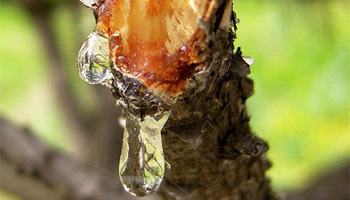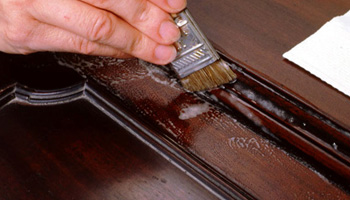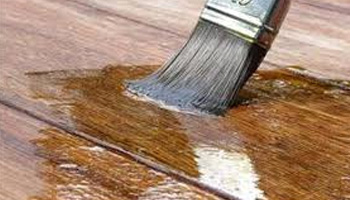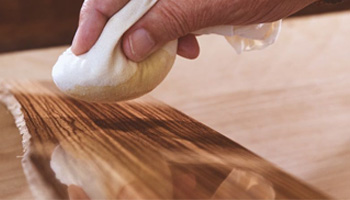You have no items in your shopping cart.
Post Requirement
Varnish is a clear, colourless solution of resinous substances prepared either in alcohol or turpentine. It is a solvent spread on the surface of wood or furniture to obtain a hard, transparent and glossy film.
Generally, varnish is applied on wooden surfaces of doors, windows, etc. to enrich the surface without hiding the refined grains of wood. Painting surfaces with varnishes enhance the appearance of the paint, protects the surface from atmospheric effects and also increase the durability of the surfaces.
Properties of an Ideal varnish
The following are the properties of an ideal varnish:
- The varnish should always provide a glossy and pleasing appearance to the surface.
- The varnish should dry fast and provide a uniform finished surface.
- The colour of the varnish should not be fade when exposed to the atmosphere.
- The developed thin film on the surface after drying should be tough, hard and durable.
- At the time of applying or after drying, it should not show cracks or shrink.
Components of Varnish
The three main constituents of varnish are:
Resins
The most commonly used resins are shellac, copal, lac etc. Copal is accessible from the earth at places where pine trees existed in the happenings, which is a hard substance in a variety of forms. Resin is obtained from pine trees, and Lac or shellac is obtained by the exudation of some insects.

Solvents
Based on the type of resin, the type of solvent is decided. The following are the solvents used for different resins:
- For solvents like Boiled linseed oil - Amber, Copal resins are used.
- For Methylated spirits - Lac or Shellac resins are used.
- For Turpentine - Mastic, Gum dammar, Rosin resins are used.
- For Wood naphtha - Cheap resins are used.
Driers
Driers are added to the varnish to accelerate the process of drying. White copper, lead acetate and litharge can be used as driers in varnishes.
Types of Varnishes
Depending on the solvent used, varnishes may be classified as below:
Oil varnishes
Oil varnishes are prepared by heating and dissolving resins like amber, copal in linseed oil with turpentine. Although it dries slowly, it possesses greater workability, and it is the hardest and most durable of all varnishes.

In general, it is preferred for joinery, fitting purposes and can be used both for interior and exterior works.
Turpentine Varnishes
These varnishes are obtained from soft resins like gum dammar, mastic, rosin, etc. by dissolving them in pure spirits or turpentine. These varnishes are flexible, lighter in colour, quick in drying and weak compared to oil varnishes.

Spirit Varnishes
These varnishes are also known as lacquers. These are prepared from soft resins such as lac or shellac dissolved in methylated spirit. They are easily changed by weathering actions, but they are harder, dries quickly and excellent in appearance.

It is identical with French polish, colouring pigments depending on the colour wanted and also combined to form lacquers of different shades.
Water Varnishes
These varnishes are prepared using shellac, which is dissolved in hot water and then mixed with an adequate quantity of ammonia or borax, potash or soda. These varnishes are used to varnish wallpapers, maps, pictures, etc.

French Polish
It is a high-class spirit varnish made by dissolving black or light brown shellac at the rate of 0.15 kg of shellac in one litre of methylated spirit without heat.

This polish is obtained by adding a suitable colour pigment and dries out quickly within a few minutes. It provides a fine glossy surface and mostly used for superior woodworks.
Furniture polish
It is a special polish made for furniture with linseed oil, methylated spirit, copal varnish and other ingredients.
Stains
Stains are liquid preparations applied to cheaper light coloured wood to make the appearance to superior quality wood.
Varnish is applied in several coats until a very polished surface is obtained. Special fine brushes called varnishing brushes and not the ordinary paintbrushes are used for varnishing. It can also be applied with a polishing pad of absorbent (woollen cloth) covered by a fine cloth.
The final appearance of the building is very much influenced by the finishing works on wood and metal surfaces. The methods of painting different surfaces are important and proper care should be taken while painting surfaces for greater durability.
Vani Paspula













